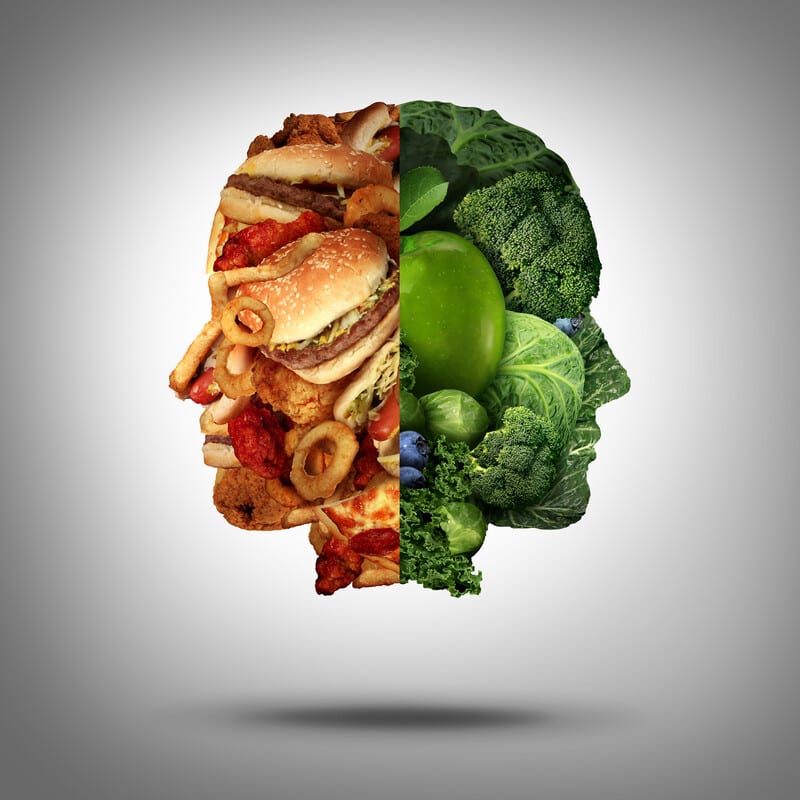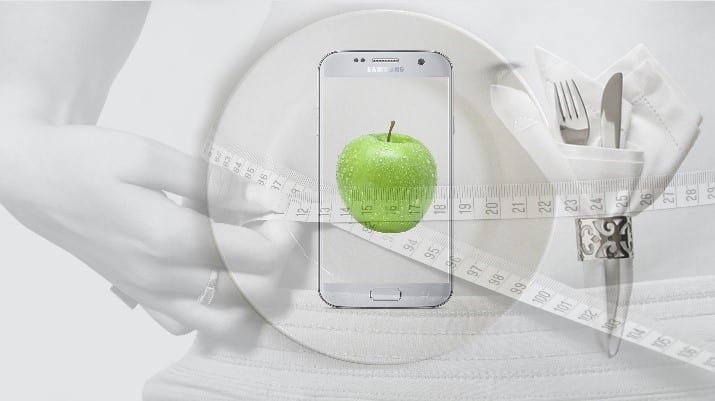Thousands of Americans struggle with their weight and many of them are falling victim to common pitfalls that hinder successful weight loss. With the start of the New Year, many people made grand resolutions like nixing alcohol for “Dry January” or starting restricting fad diets in an effort to quickly shed significant amounts of weight.
The problem with massive, abrupt change is it’s hard to maintain. Those individuals may see results while taking on a short-term challenge, but the pounds usually creep back up on the scale once they return to their usual eating habits. What this indicates is that people trying to lose weight need a lifestyle change—not a quick fix.
The following are several ways to overhaul your diet to see realistic weight loss that is sustainable:
- Pile your plate with fruits and vegetables. Most people don’t consume enough fruits and vegetables in their diet. In fact, people should be aiming for two cups of fruit and two and a half cups of vegetables every day. While this may sound excessive, it’s easy to achieve when spread out over the course of the day. Salsa over scrambled eggs counts as a serving of veggies.
Ordering a side salad with lunch or vegetable soup instead of going for the breadsticks is another way to meet veggie intake goals. For people who can’t stand vegetables, there are a lot ofways to hide them in your diet such as cooking them down in pasta sauces or mixing them in with ground beef. Parfaits and fruit smoothies are great ways to mix up fruits to make them more interesting for your palate as well.
- Opt for water over sugary drinks. It’s not uncommon for people to swing through the local coffee shop drive-through for a latte or cappuccino before work. Many also order sweet tea, soda, or other sugary drinks with their lunch. By doing this, these individuals are drinking hundreds of extra calories and consuming excessive sugar. Opting for water instead can save those calories. Not only that, but dehydration can make people feel falsely hungry when they’re actually thirsty. Drinking water can prevent people from munching on snacks and adding on extra pounds as a result.
- Choose the right fats. Fat became a dirty word for much of the dieting public in past decades, but people need fat as part of a balanced diet. The type of fat, however, matters. Trans fat and saturated fats are the bad kinds as they contribute to high cholesterol and heart problems. Other fats like omega-3s are good for heart health and are commonly found in fish. Making simple switches can help reduce the consumption of bad fats as well such as switching from whole milk to fat-free milk, choosing a turkey or veggie burger over beef, or opting for nut butter like almond or walnut over peanut butter.
- Eat appropriate portions. Making simple changes like using smaller plates can go a long way toward reducing portion sizes. It also tricks the mind into thinking you’re full sooner because it visually looks like you ate enough by filling a smaller plate. Knowing basic portion sizes based on your hand can help as well. For example, a serving size of meat is roughly the size of your palm, a clenched fist is about a serving size of cooked rice, two handfuls is good for estimating a serving of veggies, and your thumb represents about two tablespoons—the serving size for peanut butter.
- Pick positive motivators. Many individuals turn to social media for inspiration on their fitness journey. Influencers post diet plans, meal prep ideas, and more thatcan help keep people motivated as they overhaul their diet. However, it’s very easy to develop feelings of inadequacy over what you see on your phone. Many of these apps portray impossible to achieve goals or create unrealistic expectations. Nutrition studies have shown that more time on social media means an increased risk for overeating and body image problems. If your fitness apps aren’t motivating or are making you feel bad, it’s time to delete and unfollow.
Making healthy, sustainable changes to your diet is a great way to kick start your weight loss. However, even with healthy changes, it can be a challenge to lose those last stubborn pounds. If you’re struggling with weight loss, we can help. Contact us to learn how we can support you on your weight loss journey.



 Ordering a side salad with lunch or vegetable soup instead of going for the breadsticks is another way to meet veggie intake goals. For people who can’t stand vegetables, there are a lot ofways to hide them in your diet such as cooking them down in pasta sauces or mixing them in with ground beef. Parfaits and fruit
Ordering a side salad with lunch or vegetable soup instead of going for the breadsticks is another way to meet veggie intake goals. For people who can’t stand vegetables, there are a lot ofways to hide them in your diet such as cooking them down in pasta sauces or mixing them in with ground beef. Parfaits and fruit 


